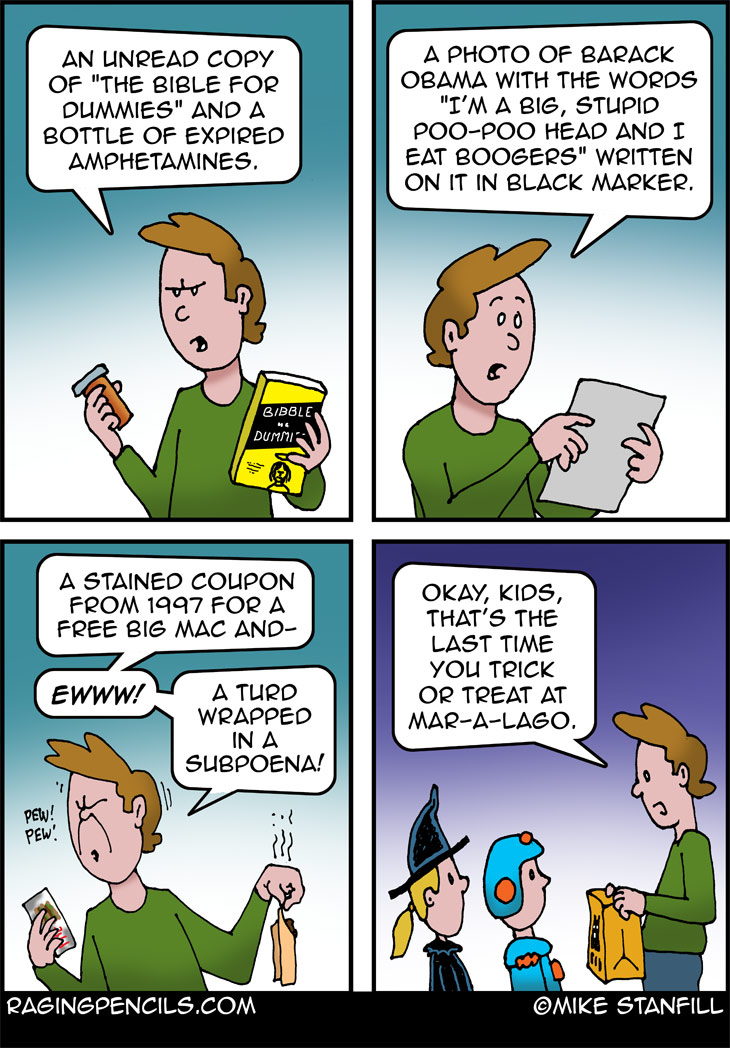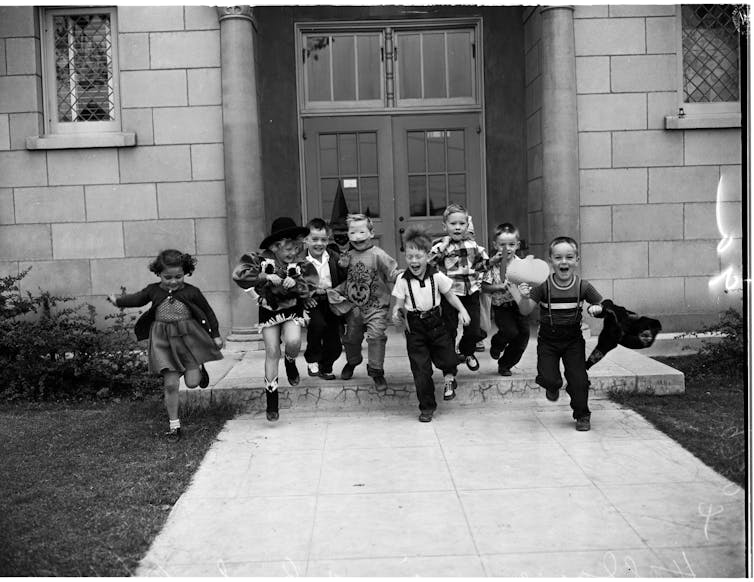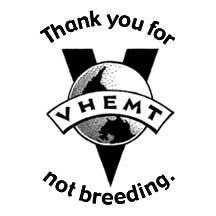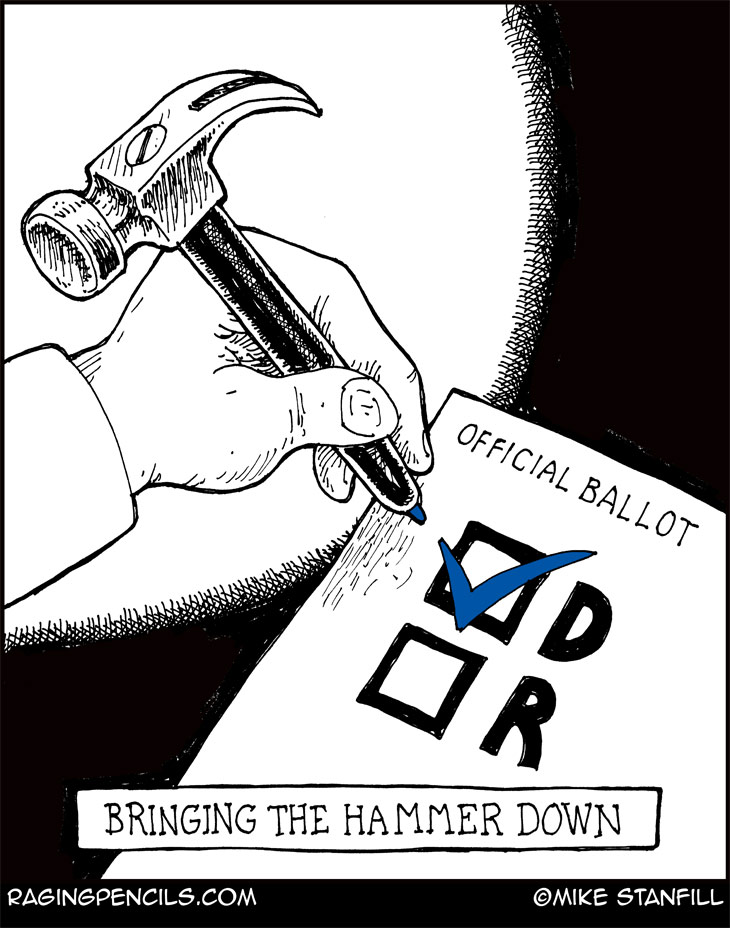Tom
Ferrio and I launched Progressive Charlestown in December 2010, a month where
we drew 106 readers. After 12 years and 5.64 million pageviews (an average of
35,000 a month), I sometimes forget that our local readers might not closely
follow Charlestown’s political adventures or know the history. This article is
the first of a series aimed at giving readers more context in this important
election year.
Let’s
start with the town's long-time rulers, the Charlestown Citizens Alliance (CCA)
who seek to continue their reign by winning the November election.
In
March 2008, the CCA officially
formed as a political action committee (PAC) with Dan Slattery as President.
Their purpose was Jim Mageau’s ouster from the Town Council (more on Jim,
below), painting themselves as the epitome of civility, even though they started out by running a smear campaign against then Council President John Craig that actually drove him out of town.
The
CCA achieved the goal of ousting Mageau with a powerful showing in the 2008 election. Mageau ended up as the lowest vote-getter with only 102 votes (4.3%).
However,
the CCA became dissatisfied with its own elected Council members because they failed to
follow orders from the CCA’s secret and mysterious Steering
Committee. The Steering Committee list has not been updated in several
years and includes at least one member who is dead. You cannot join the CCA nor
are its meetings posted or public even though that’s where every important town
decision is made.
So
in 2010, the CCA purged their own Council members and replaced them with two of
their most doctrinaire leaders, Tom Gentz and Dan Slattery.
With
Ruth Platner commanding the Planning Commission (the only elected planning
commission in the state, arguably illegal in composition), their conquest was
complete. The CCA has controlled all the levers of power in Charlestown for the
past 12 years.
Thank you, Jim, for launching the CCA
James
Mageau (Jim) 👉has been a fixture in Charlestown politics since the world was
young. Irascible, obnoxious, and litigious. Often called a bully, Jim has
probably pissed off more people in Charlestown that I could ever dream of doing.
At least, I think so.
Mageau
made his reputation through filing tons of lawsuits, complaints and rumors
about conspiracies and corruption by everyone else in town but himself. He also
liked to get in people’s faces to scream and curse them out. Mageau, for no
particular reason, cursed out my wife Cathy when they first met.
Years
ago, Jim told me he was a “Scoop Jackson” Democrat,
i.e. a DINO who is conservative on just about all issues.
By
an odd sequence of events, he not only got himself elected in 2006 to the Town
Council but through a string of resignations (including John Craig, noted above) landed in the Council President’s
Chair. That was simply too much for most Charlestown residents (myself
included). Local Democrats couldn’t stand him and resigned en masse rather than
serve on the Democratic Town Committee with him.
Mageau
lost his 2010 bid for re-election with the lowest vote total of any candidate and CCA-endorsed candidates won a majority on
the Council.
Mageau
tried for a comeback a couple of times after his defeat, but clearly had lost
his voter appeal. After many years of absence from the ballot, Mageau filed a
Declaration of Candidacy for Town Council this year and has qualified for this year’s General Election as an “independent.”
Though
Mageau was once nominally a Democrat, he became Donald Trump’s most vocal supporter in Charlestown. However, even though he's a Trumplican, local
Republicans didn’t want him either.
Looking back at history
Though
Jim Mageau was the Charlestown Citizens Alliance's causus belli, the CCA’s true roots
are in the old founding families of Charlestown. They
ran large plantations on land stolen from the Narragansett Indian Tribe using
slave labor, mostly African but also some Narragansett who were captured
after the Great
Swamp Massacre in 1675.
Over
time, especially after World War II, rich transplants seeking cheap land for big houses on the
ocean joined Charlestown’s “high society.”
In
nearby Shelter Harbor, a group of wealthy men formed the RI Shoreline Coalition
(RISC) in 2003 to protect their fake fire district and guarantee the ability of
non-residents
to vote in fire district elections. They actually wanted voting rights to
be based on property ownership, not residence.
For
most of its life, the Coalition was headquartered in Charlestown. The Shoreline
Coalition morphed into the Statewide Coalition and then into “Rhode Island
Taxpayers.” But
in 2016, it died, largely due to the 2014 death of its founder Harry
Staley.
However,
you can find
lots of DNA traces showing the kinship between the CCA and the Shoreline
Coalition.
Besides
DNA, the CCA also carries on its parent’s values: favoritism toward rich
absentee landowners, hatred of the Narragansetts and a general desire to block
families and people of color from moving in.
Yes,
the CCA will do anything to preserve Charlestown’s “rural character” though
that term has never been defined. In practice, rural character is code for the CCA's effort
to wall off Charlestown against “outsiders” most especially “People from
Providence.”
Money, money, money
 |
| Photo by Steve Ahlquist |
Charlestown
is no different than the rest of America where money generally determines
election results. Out-going state Rep. Blake “Flip” Filippi 👉beat much respected
Rep. Donna Walsh (D) in 2014 because he is a wealthy man. His wealth scared off
opponents for eight years.
Despite
a complete lack of achievements, bizarre policy positions and questionable honesty, Flip was unopposed until this year and remained beloved by the CCA
until he decided to quit.
This
year, a credible candidate, Democrat Tina Spears, rose to challenge him so Flip
pulled a Josh Hawley and flipped out of the race.
The
CCA historically has always out-raised all competitors, holding on to power by
using its paid propaganda to win over voters who normally don’t pay much
attention to local politics. That's been going on again this year - WC.
Over
the years, most of the CCA’s funding has come either from out of state or from
neighborhoods that have become CCA territory. Ditto this year- WC.
Case
in point: the Sachem Passage Association (SPA). Current CCA Town Council member
Susan Cooper had claimed she was a “trustee” for the Sachem Passage Association
on her filings with the RI Ethics Commission but has dropped that claim this
year.
Other
CCA donor bases include Quonnie and Arnolda.
In
recent years, the CCA has used open space purchases to expand its political
donor base. Buying land at the behest of a neighborhood filled with potential
donors has paid off for the CCA, starting with the 2011 “Y-Gate scandal,” the first
CCA land scam after they took control of the town.
The
CCA locked in the devoted support of many Sachem Passage Association residents
by spending $2.1 million in taxpayer money to block the Whalerock wind turbine proposal by
buying the land out from under it.
The
CCA rarely does fund-raising except in the last half of each election year. That’s
when the money comes pouring in. I expect to see the first influx of big
campaign bucks to show on the campaign finance report due to be filed on August
1.
Susan
Cooper, a retired lawyer, is the only CCA Councilor seeking re-election. The rest
of the CCA slate are primarily active or retired businesspeople with little
experience in government but lots of experience making money.
What does the CCA really stand for?
You
can read the CCA’s platform even though it’s largely a work of fiction due to
glaring omissions but it’s a good place to start.
My quick take is the CCA stands for controlling the land, protecting the wealthy, fighting the Narragansett Indian Tribe, and turning Charlestown into a sparsely populated gated community for people like themselves.
You
should also read the town’s recently adopted Comprehensive
Plan that was largely written by CCA leader and Planning Commissar Ruth
Platner 👉.
In
it, you will see that the CCA opposes affordable housing, public transportation,
Narragansett sovereign rights, business development except for tourism and
services, and most green energy development while wanting everyone to ride a
bike, plant shrubbery
and support Platner’s goal of buying every acre she can to be set aside as open
space. You can read this for yourselves in the CCA's 6-page mailers.
The
CCA
also has enacted numerous ordinances that attempt to micro-manage every business
and residence in town. We have ordinances governing trees and shrubbery, light,
the color of switch
plates on electrical outlets, signs, mulch, etc.
Most ordinances are
“complaint-driven” meaning nothing happens without a complaint. That often feeds
neighbor vs. neighbor feuds. Many town ordinances are unenforceable or enforced
selectively, often ignoring some of the most obnoxious offenses.
Couple
of examples: loud
motorcycles and large illegal fireworks. Both are illegal and a public
health and safety hazard, yet where is the enforcement?
Above
all, the CCA stands for “rural character” as if all Charlestown residents have
pick-ups with rifle racks, fly rebel flags and count on free care at Arrowhead Dental to save
the last few teeth in their heads.
What
you won’t find in their own self-description are these key parts of the CCA
philosophy:
 |
| Larisa dismisses tribal sovereignty |
Institutional
racism. The CCA supports a perpetual war with the Narragansett Indian
Tribe paying a $25,000 retainer to attorney Joe Larisa to monitor the Tribe and
block any action the Tribe might take to better itself. It is the CCA’s
position that the Tribe may do nothing on their own land without the town’s
approval.
The
CCA is also committed to “rural character” which, in practice, means no new
housing that might attract “People from Providence,” working class families
with children or any establishment that doesn’t meet the CCA’s undefined
idea of “rural character,” although I think they might be using the antebellum
South as their role model.
Reducing
the town population.
The CCA has an allergy to any housing that might
increase the population.
To
that end, the CCA seeks to buy up all the private land it can, regardless of the price. If you take the pattern the CCA has set over the past 10 years and
extend it into the future, Charlestown north of one will consist primarily of
government-owned open space and landowners with large tracts of land. South of
One will be dominated by large and expensive waterfront homes occupied by
wealthy retirees or owned by wealthy summer people.
Their
latest ploy, their proposed “conservation
development” ordinance, aims to give the Planning Commission more power to
block new housing. How? By creating conditions that are so onerous and
difficult that no one will seek to apply for a permit.
The
CCA would be comfortable with a return to the 1700s version of “rural
character” with large farms worked by compliant labor and large manor houses
for the landed gentry.
Closed government, shady deals, rampant secrecy and
rigged rules.
Charlestown
has made it a struggle to gain access to public records. Our Town Administrator
Mark Stankiewicz seemed more devoted to finding loopholes in the law to deny access to information under the Access to Public Records Act, drawing a rebuke
from the Attorney’s General’s Office.
The
CCA-Three, their Council majority, have bent and twisted the rules of procedure
and common courtesy to the point where getting an item on the agenda is a
struggle unless you are a CCA member. The three are: Bonnita Van Slyke, Cody
Clarkin, and Susan Cooper. Only Cooper is running for re-election. Clarkin
doesn’t even reside in Charlestown anymore, making him ineligible to serve.👇
Last
July the CCA-3 voted down a resolution that affirmed the right of all Council
members to be able to place items on the Council agenda, a key part of their
responsibilities as Council members.
Here's what they voted down:
The
CCA-3 also ramrodded approval for filing a $400,000 open space grant
application with the state without revealing where the land is, what it comprised, the asking price and who owned it. A normal piece of business for an out-of-control
CCA.
Part
of the CCA creed is to follow the dictates of Trump mentor Roy Cohn to “Never admit, never apologize, always attack.”
Even when caught in a lie, such as Ruth Platner’s recent Charlestown
Choo-Choo Hoax, they will profess their good intentions and innocence. Or
say nothing at all.
The Prime Directive
Ever
since the CCA’s 2010 internal purge of
CCA-endorsed Council members who were not following orders, the CCA has made it
clear that anyone running for office under their auspices MUST obey all the CCA
decrees. It doesn’t matter if it’s their published platform, or the values
expressed in their actions, spoken at secret Steering Committee meetings, or whispered in their ears by Ruth Platner
It
doesn’t matter if it’s unconstitutional or illegal or simply doesn’t make
sense.
Conform or die as the 2008-10 CCA Council majority learned. The
2010 purge occurred when several CCA Councilors supported construction of the Whalerock wind farm.
To
them, it had merit and besides, CCA leader Tom Gentz had made a big presentation
to the Council in support of wind energy, citing a CCA-conducted poll showing
overwhelming public support for wind power. That poll was purged from the CCA
website, but not before I reproduced the results HERE).
Gentz was a big backer of a test turbine called “the Met Tower” in Ninigret
Park, the precursor of a large municipal turbine in the Park that never happened.
 |
Here's Dan Slattery delivering anonymous
anti-wind power leaflets in Sachem Passage |
What
these hapless CCA Councilors didn’t know was that Tom
Gentz and Deputy Dan Slattery were canvassing the Sachem Passage neighborhood
AGAINST the wind project. As
my colleague Robert Yarnall documented, this effort by two CCA top leaders
to subvert the CCA’s public support for wind power was done largely to win the
support – financial and electoral - from the Sachem Passage neighborhood for the
CCA.
It was like a page out of 1984 as the CCA did a 180 degree turn from loving wind
power to absolutely hating it. Now, our
current wind power ordinance makes it impossible for any Charlestown
resident to install even the smallest residential wind energy device. Pure Doublespeak!
Those
Councilors the CCA elected in 2008 were effectively excommunicated. This sent a
message to all future CCA candidates: Obey
or we will kill you.
The
CCA also purged each town Board and Commission of people they deemed unfriendly
to the CCA’s spoken and unspoken goals.
They systematically placed their own
loyalists onto these commissions, whether they were qualified or not, often
passing over far more qualified volunteers whose only fault was a lack of
professed homage to the CCA.
The
CCA purged
Charlestown’s Town Administrator Bill DiLibero over an astounding fake
issue over who
actually controls Ninigret Park.
DiLibero and his Parks and Recreation
director Jay
Primiano (who was also purged) favored more active recreation in the Park,
while the CCA won the undying support of the wealthy Arnolda neighborhood by
fighting against anything other than passive (and quiet) use of the park.
One of them actually argued that children playing in the park kill birds. How? Citing an imaginary study, when children make noise, migratory birds fly away never to return, preferring to die at sea rather than tolerate the kids. I tried to find this so-called science and failed. If you have better luck, let me know.
The
one exception to the CCA's aversion to active recreation was the construction of Faith’s Folly, an asphalt path in
the Park for bikes and walking that no one uses.
CCA
founding member Faith Labossiere really wanted this pathway and told the
Council it would only cost $7,000 and would be very nice. Except the final cost
was $266,927, a 4,000% overrun and used tons of asphalt, a material Planning
Commission Ruth Platner has virtually banned for any other use.
But
the land deals, the favoritism, the “pay-to-play” have been the CCA’s primary
accomplishments since 2010. Personally, I believe the CCA may be just one more
shady land deal away from a grand jury.
























.jpg)



.webp)

